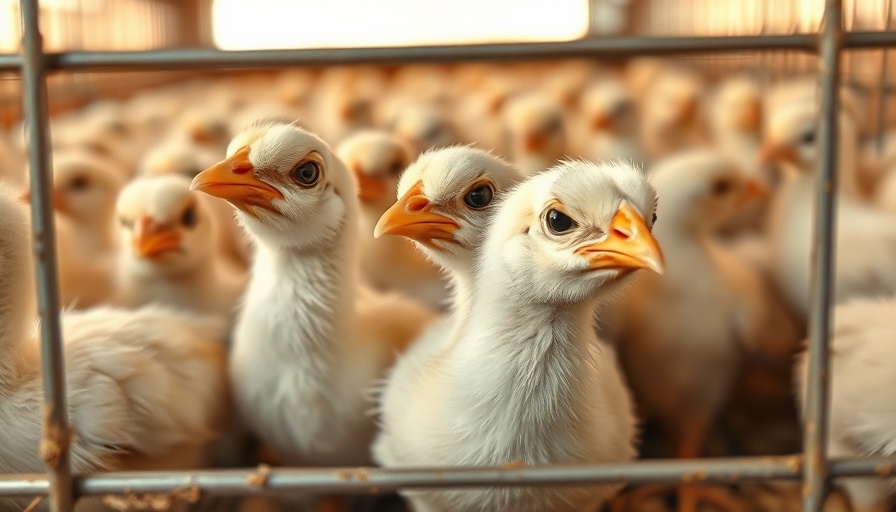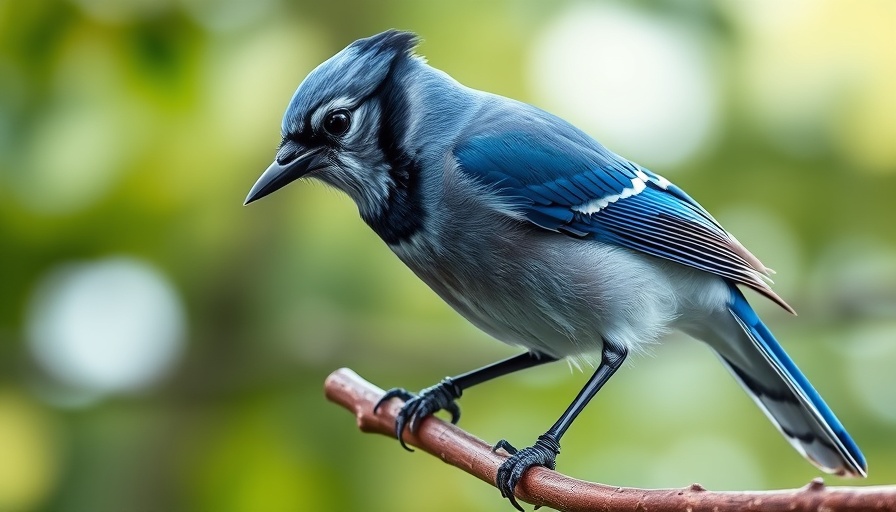
Mississippi Faces Bird Flu Challenges: What You Need to Know
The Mississippi Board of Animal Health (MBAH) recently confirmed that a flock of broiler breeders in Noxubee County has tested positive for highly pathogenic avian influenza (HPAI). This marks the third instance of HPAI detected in Mississippi poultry in 2023 and raises significant concerns regarding both animal health and public safety.
Symptoms of Bird Flu: What to Watch For
The Centers for Disease Control and Prevention (CDC) emphasizes that while most human cases of bird flu have been mild, they can still present symptoms similar to seasonal flu. Typical symptoms include fever, cough, sore throat, and conjunctivitis, whereas more severe cases can lead to pneumonia and other serious conditions. Anyone experiencing these symptoms after exposure should contact health officials immediately and isolate themselves until further advice is received.
Public Health Risks: Understanding HPAI Transmission
Bird flu primarily spreads through contact with infected birds, notably through their bodily fluids. While the risk of human transmission remains low, sporadic cases have occurred, like the recent severe bird flu case in Louisiana. The CDC reassures that fully cooked chicken and eggs are safe for consumption, as the virus does not survive cooking processes.
Precautionary Measures: Keeping You and Your Family Safe
As the poultry industry ramps up biosecurity measures in response to the outbreaks, it's crucial for individuals, particularly those handling backyard flocks or in contact with wild birds, to exercise caution. Avoid direct contact with sick or dead birds, and if you come across such cases, report them to the local authorities. Wearing protective gear when interacting with birds can also help mitigate risks.
Looking Ahead: What Can Be Done?
With the increasing prevalence of bird flu in various states, including Mississippi, consumers and poultry owners need to remain vigilant. Education on prevention methods and symptoms reporting will be key in managing this issue. Awareness and quick reporting can significantly influence outcomes for both human and avian health as the situation evolves.
In conclusion, while Mississippi's poultry industry and health officials are taking proactive measures, being informed and well-prepared is essential for residents to navigate potential challenges posed by bird flu.
 Add Row
Add Row  Add
Add 




Write A Comment